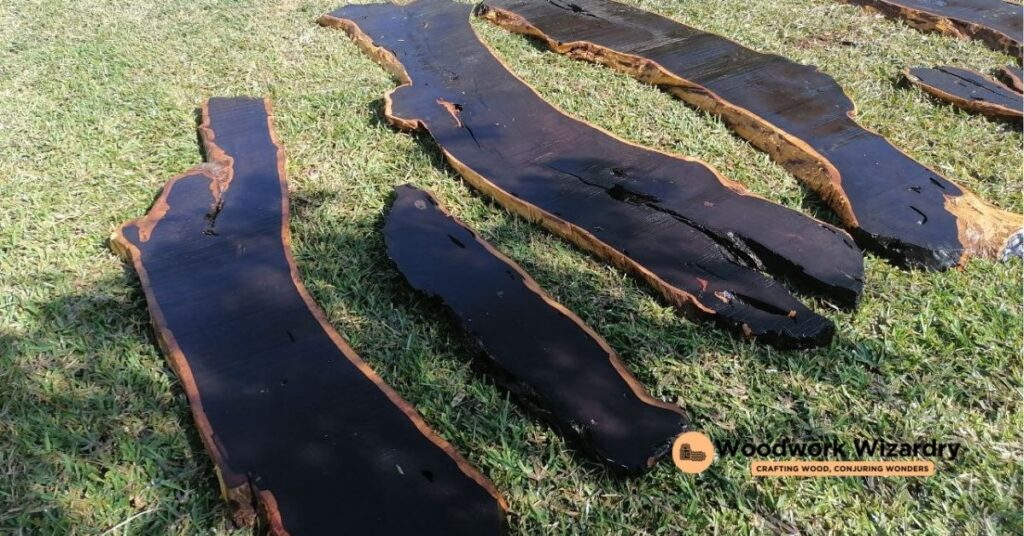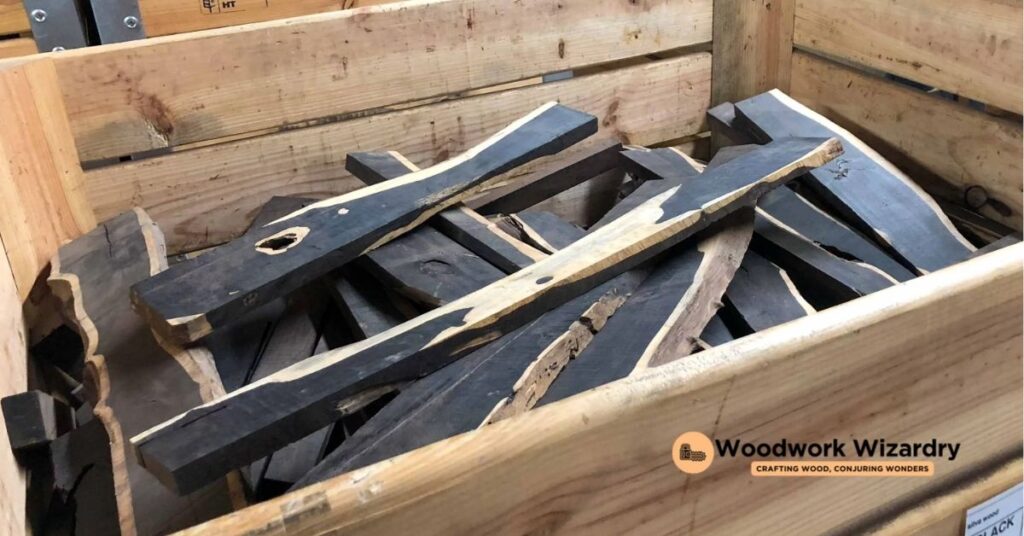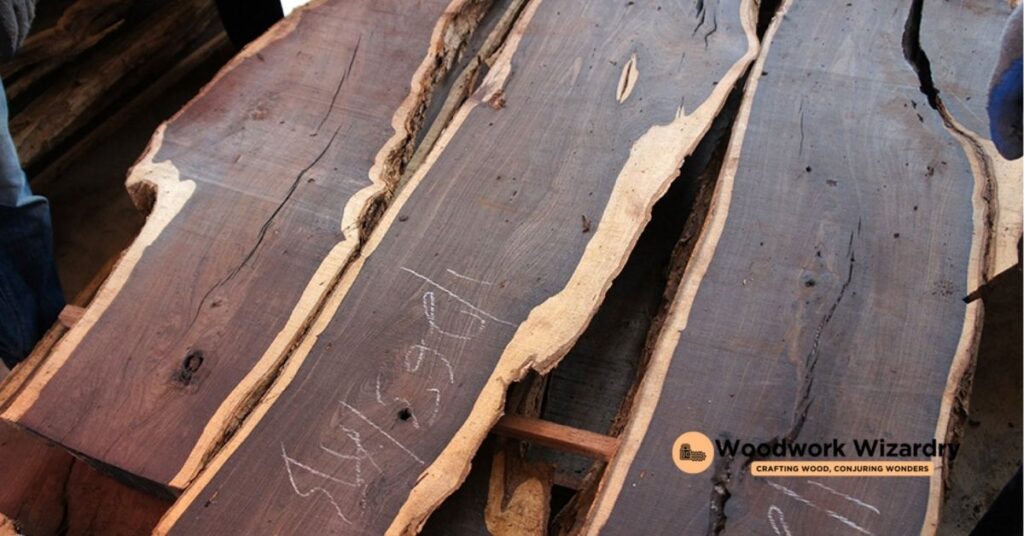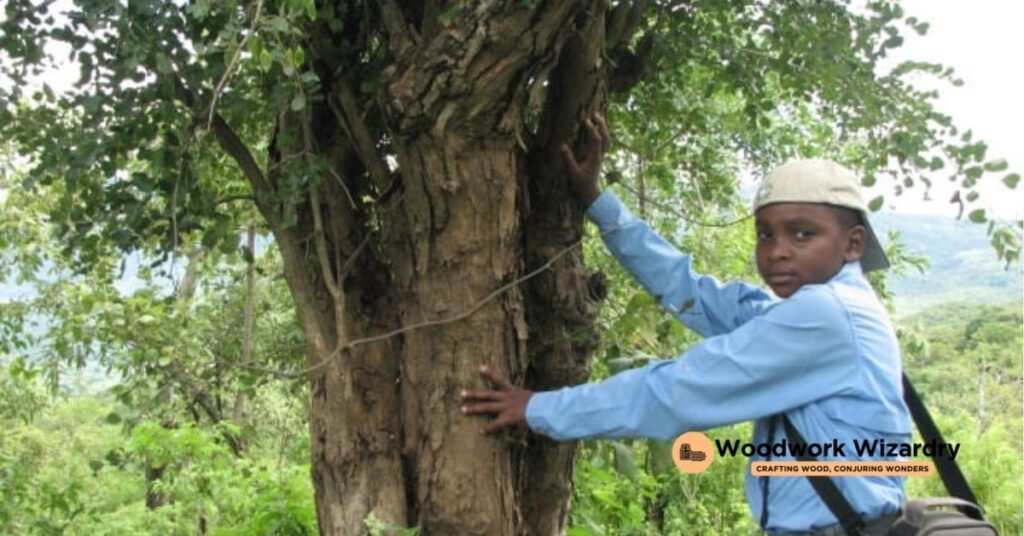Imagine owning a piece of nature so rare and luxurious it’s considered more valuable than gold. African Blackwood, often called the “king of woods,” isn’t just any timber—it’s a symbol of exclusivity and unmatched craftsmanship. Revered for its deep, rich hues and incredible durability, this extraordinary material has captivated artisans, musicians, and collectors worldwide.
You might wonder what makes this wood so special. Its scarcity and exceptional qualities have earned it a spot as the most expensive wood on the planet. From crafting fine musical instruments to intricate carvings, African Blackwood’s allure lies in its ability to transform even the simplest creations into masterpieces. If you’re drawn to the extraordinary, this is one natural treasure you can’t ignore.
What Makes African Blackwood The Most Expensive Wood

African Blackwood stands out due to its unmatched characteristics and limited availability. Its combination of exceptional traits and scarcity sets it apart from other materials.
Unique Characteristics
This wood possesses remarkable density, making it one of the hardest timbers globally. It features distinct dark hues, ranging from rich brown to deep purplish-black, which add sophistication to any creation. Its fine grain allows for an exceptional polish, ensuring a high finish on products such as musical instruments and artisan crafts. African Blackwood resists decay and is highly durable, making it ideal for heirloom-quality items.
Its sound-producing qualities make it invaluable for crafting woodwind instruments like clarinets and oboes. Artisans revere its natural beauty and workability, even though being challenging to carve due to its hardness. These distinct traits contribute to its premium status in the market.
Rare Availability
This wood primarily grows in arid regions of East Africa, including Tanzania and Mozambique. Its growth rate is slow, often requiring 60-70 years to mature before reaching optimal harvest size. Limited geographic distribution and time-intensive harvesting practices restrict supply, driving up its value.
Deforestation and overharvesting have further reduced available quantities. Conservation regulations and controlled trade under CITES protect African Blackwood, adding challenges to sourcing. These scarcity factors amplify its exclusivity, making it a sought-after material for high-end applications.
History And Origin Of African Blackwood

African Blackwood, known for its rarity and exceptional qualities, has a long history deeply tied to the culture and craftsmanship of East Africa. Its unique properties have made it a prized material for centuries.
Geographic Distribution
You can find African Blackwood primarily in the dry savannas of East Africa. Countries like Tanzania, Mozambique, and Kenya hold the majority of its natural habitat. These regions provide the arid conditions essential for its slow growth, which takes approximately 60-70 years for the trees to mature fully. The tree, scientifically known as Dalbergia melanoxylon, thrives in sandy soils and semiarid climates.
Other parts of central and southern Africa, such as Zambia and Zimbabwe, also host smaller populations of this species. Efforts to preserve its distribution have faced challenges due to deforestation, habitat loss, and illegal harvesting in these areas.
Traditional Uses
Artisans and indigenous groups in East Africa have used African Blackwood for ceremonial and utilitarian purposes for hundreds of years. The dense and durable timber was often carved into tools, utensils, and decorative items. Traditional woodworking techniques highlighted the dark, fine grain of this material.
In music, local craftsmen created percussion instruments and wind instruments like flutes. The distinct tonal properties of African Blackwood allowed these instruments to produce clear and resonant sounds. Over time, its role expanded as it became highly sought after for global markets, especially in Western musical instrument production, crafting clarinets and oboes.
Applications Of African Blackwood
This prized wood serves key roles in high-end crafts, favored for its unmatched density, fine grain, and deep color. Its exclusivity and performance properties make it indispensable across exact industries.
Musical Instrument Crafting
African Blackwood is indispensable in the creation of professional woodwind instruments. Its density and tonal clarity produce superior acoustics critical for making clarinets, oboes, and bagpipes. You often see it used by high-end brands due to its ability to enhance sound vibrations.
Top-tier recorders and flutes also benefit from the wood’s fine grain, which ensures precision and ease during fabrication. Craftsmen value its resistance to wear, particularly in durable instruments played extensively.
Luxury Furniture And Decorative Items
This timber is also essential for luxury furniture and unique decor. Its dark, polished finish adds sophistication to bespoke tables, armchairs, and cabinets. Designers often use it in small decorative items like carvings or inlays, making each piece unique and valuable.
You’ll notice it prominently in artisan-crafted boxes and statement art pieces. Its natural lustrous appearance and resilience to aging ensure lasting appeal in high-end interiors.
Environmental And Ethical Considerations

African Blackwood’s rarity and high demand intensify environmental and ethical concerns. Its extraction impacts ecosystems and raises the need for sustainable practices.
Sustainability Challenges
Harvesting African Blackwood often disrupts its delicate natural habitat. The wood grows in arid regions like Tanzania and Mozambique, requiring 60-70 years to mature. Overharvesting has depleted populations, reducing its regeneration capacity. Deforestation for agriculture and other activities further threatens its availability. Slow growth rates make African Blackwood particularly vulnerable to unsustainable logging. Without proper forest management, its future supply faces important risks.
Conservation Efforts
Conservation organizations and governments emphasize protecting African Blackwood. Regulations under CITES classify it as a protected species, controlling its international trade. Several programs focus on reforestation, ensuring new trees are planted to counter deforestation. Community-based initiatives engage local populations, creating alternative livelihoods to reduce dependency on logging. Sustainable forest management practices, such as selective harvesting, aim to balance wood extraction with long-term ecological health. These efforts strive to preserve this precious resource while supporting responsible use.
Alternatives To African Blackwood

While African Blackwood’s uniqueness defines its appeal, other options provide comparable qualities. These alternatives cater to artisans, musicians, and collectors, ensuring high-quality creations.
Other High-Quality Exotic Woods
Cocobolo offers vibrant colors and exceptional hardness, making it suitable for intricate designs. Found primarily in Central America, this wood showcases red-orange hues with dark streaks, ideal for luxury decor and musical instruments.
Grenadilla, often considered a close substitute, shares similar density and tonal properties. Native to the same regions as African Blackwood, it’s a preferred choice for crafting woodwind instruments like clarinets and oboes.
Kingwood features rich purple tones and tight grain patterns. Its durability makes it a prized material for fine furniture and decorative pieces, replicating some of the premium qualities of African Blackwood.
Bubinga combines strength with unique patterns, featuring interlocked grains and reddish-brown colors. It’s widely used in veneers, high-end furniture, and musical instruments, offering versatility and elegance.
Synthetic Or Sustainable Answers
Engineered woods, such as Richlite, replicate the appearance and density of natural timbers. These materials use paper-based composites, balancing performance and eco-consciousness for craftsmen.
Sustainably sourced woods like bamboo offer renewable alternatives. Although not a hardwood, bamboo provides sufficient strength and aesthetic appeal for many applications, including modern furniture and decor.
Resin-infused timbers create enhanced durability and acoustic properties. These innovations mimic the desired qualities of rare woods, offering viable answers in crafts and woodworking.
Reclaimed wood ensures ethical sourcing without compromising quality. By repurposing materials from older structures, you help reduce environmental impact and preserve natural resources.
Conclusion
African Blackwood stands as a testament to nature’s ability to create something truly extraordinary. Its unmatched qualities, from its striking appearance to its exceptional durability and tonal properties, make it a prized material for artisans and musicians alike.
As you explore its allure, it’s essential to consider the environmental impact and support sustainable practices to preserve this rare treasure. Whether you’re drawn to its beauty or its legacy, African Blackwood remains a symbol of craftsmanship and exclusivity, inspiring creations that transcend time.







